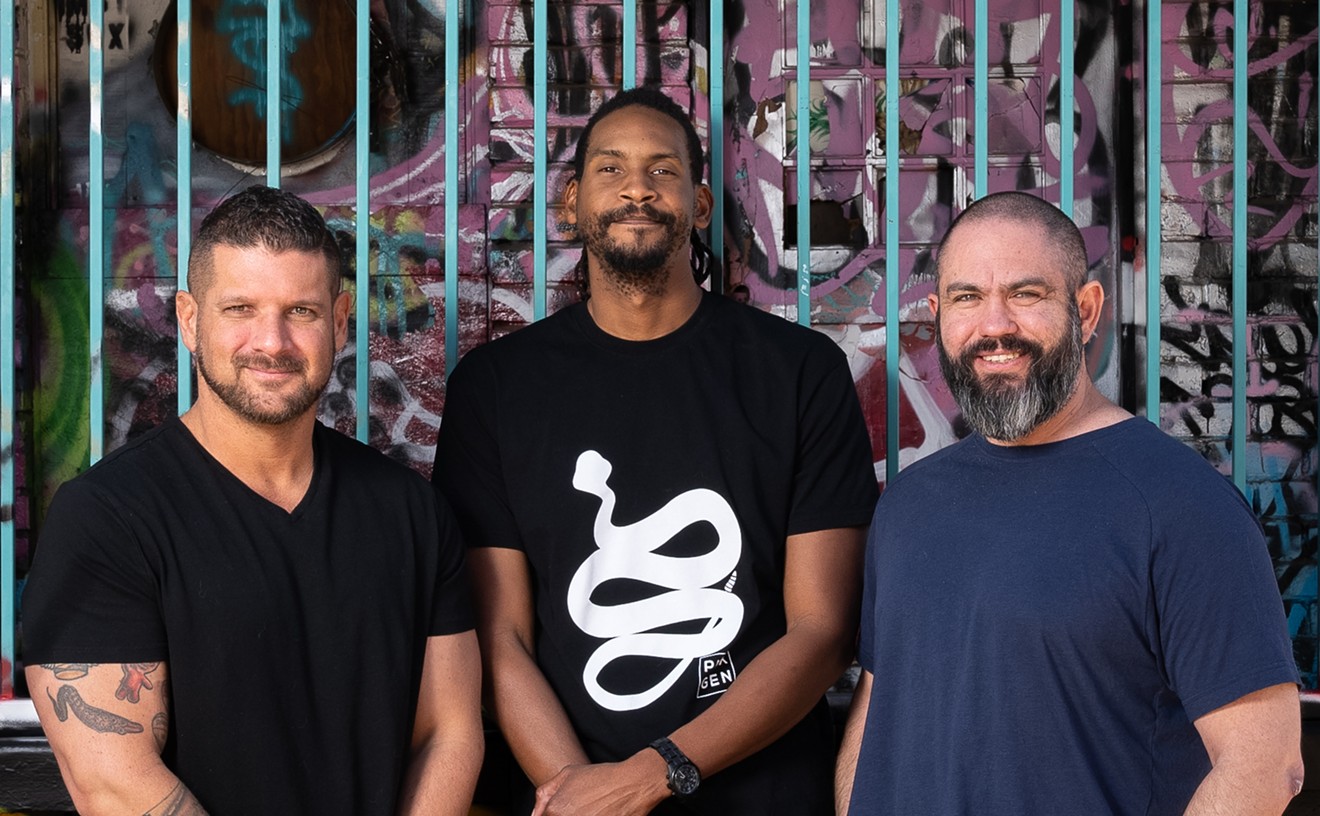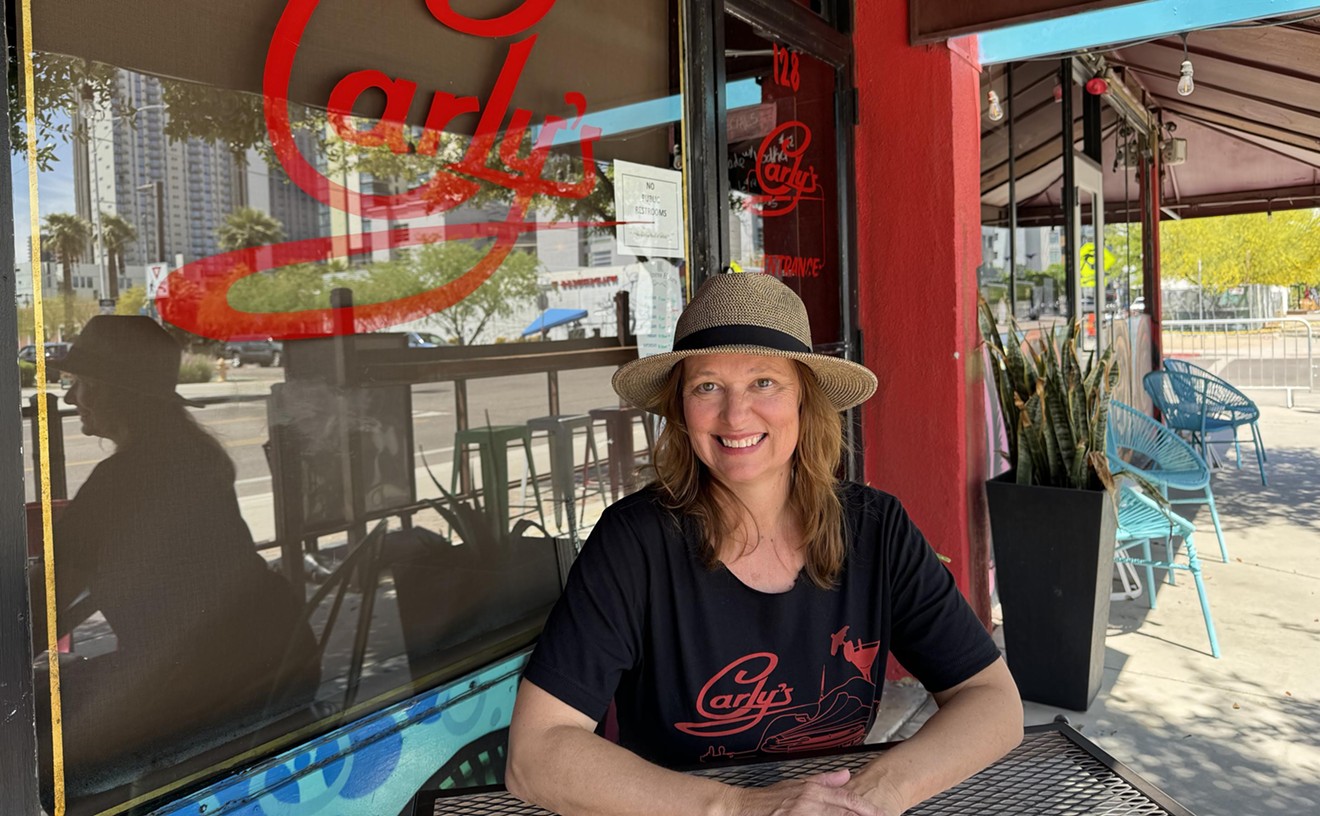The tender: Francisco Alcaraz
The "bar": Patrón Spirits Company
The pedigree: Alcaraz may not be a bartender, but he certainly tends to the entire alcoholic beverage industry. The master distiller for Patrón, Alcaraz was born in the small town of Tamazula de Gordiano and educated at the University Guadalajara, where he earned a degree in chemical engineering.
He started as a tequila inspector in 1968 working for the Industry and Commerce Department in Mexico, which then led to a position as a production manager at a tequila distillery in Atotonilco (the present day home of Patrón). He then applied his expertise to teaching others, becoming a consultant to some of the best-known tequila producers in the region and the head of the industrial fermentation department at a technical university in Zapopan, Jalisco. In 1989, Alcaraz made the first batch of Patrón tequila, and though today he's overseeing a bit more volume than in that first year, he still personally tastes and approves every batch that leaves the distillery.
He's currently on a ten-city tour of the U.S., sharing Patrón's history, cocktail-making secrets and some new flavors with bartenders and writers across the country.
Get some tequila-laced secrets after the jump.
Could you walk me through the process of making tequila at Patrón? What makes your tequila different?
Okay. You start with the agave. We plant the fields only in February up to May, because this is the rainy season, but we're harvesting all year round. It takes an average of seven years for each agave plant to mature, and then you trim the leaves, remove the root, and then you can plant a new plant and wait another seven years. There's plenty of agave; we have very large plantations. You can see a blue sea of agave when you look out. Actually, now the area we grow the agave in is considered property of humanity. The agave is part of our community. (There are five growing areas in Mexico for agave and tequila; if the tequila is produced outside of one of these areas, it's called Mescal. - Zach)
After we remove the agave, we cut the leaves, and we slow cook it in brick ovens for about 79 hours at 100 degrees centigrade. The agave cooks very uniformly in this process. Other tequila factories use autoclaves, which are basically pressure cookers. As the agave is cooking, the starches are converted into sugar, which is what's going to be fermenting to produce alcohol.
We use two processes to extract the juice out of the pulp of the agave. One method is the rolling mill -- most of the industry uses the rolling mill. Just a few use Tahona (a method in which shredded agave is crushed with a 2000-ton rolling stone hewn from a nearby mountain - Zach). We use both processes. One side of our factory might follow the roller mill process, while the other side uses the Tahona process. After the juice is fermented in copper containers for about three days. Copper is more expensive and requires more maintenance, but there are compounds in the copper that interact with the tequila and give you better flavor. After three days, you get a tequila -- one from each process, the roller mill and the Tahona. These two tequilas, which are different in flavor and taste, are blended -- and that's Patrón.
In the whole industry, there are now 150 tequila factories. Of those, there are only three that do it this way. We are one, and I was the one who started the process at the other two.
We are still considered a brand new company. Tequila Patrón was established 22 years ago. It is phenomenal how we have grown, but we have still not turned from the status of "hand-made." We don't grow by increasing the speed of the process, we grow by duplicating and duplicating. We increase the number of fermenters, the number of Tahonas. We now have 12 factories under one roof. That means more hand labor -- we have now about 1,600 workers. We still package each bottle by hand.
Why do it this way?
I started as a chemical engineer, and I've now been in this industry 43 years. I was in the beginning working as an inspector, and in that position I had the opportunity to visit tequila factories. I'd take samples from factories for analysis, and I was able to smell and taste the different processes. I took from these processes to create a tequila I liked.
Where do you buy the barrels for aging your tequila?
We buy most of our barrels from whiskey companies and other distillates. Not only Jack Daniel's, but other bourbon whiskey barrels as well, because they are fresh, available, and cheap. It can vary, but the most expensive barrel is, let's say, $100. But we also have brand new French and American oak barrels, and a brand new American barrel is $350 or $400, and a French one is $650 to $700. When we receive the barrels, we drain out the whiskey and power clean the inside with water, then rinse with tequila. So barrels that go through this process are clean enough that no whiskey remains to affect the tequila.
Was it always your goal to make tequila?
No. I never thought I would be in tequila. What happened was, I was in the beginning of my career, and I needed to work. People from the Industry of Commerce came to my university looking for inspectors. I needed to work and I applied. As I started working, I started liking it. After a while, the owner of one tequila company asked me to collaborate with him, I accepted, and I moved from the official side to the private side. Later, I had the opportunity to learn from a specialist in fermentation, and I was sent to the United States where I had the opportunity to learn about distillation. With those tools and the condition of the industry at the time, it was good for me to start making tequila. I like it very much -- now I have the opportunity to travel, to meet new people, to design new products.
What's a typical day for you at the factory?
My day starts at about 6 a.m. and I have a driver come pick me up. I arrive at the factory around 9, then I start making phone calls and checking my email. Then I start checking on the factory processes. We now have a large factory with a lot of chemical engineers, so often we'll have meetings to go over the factory processes. Later, before all our tequila goes into bottles, I take samples from the tanks and start combining to match flavor, standards, taste. It's also sent to the lab to ensure everything complies with standards. If everything is correct, I prepare the blend, we translate it to a large scale. I then do a final check on this blend of the taste, color, flavor and smell. I like to do that between 11 and 12, because I have some food in my stomach but it's far enough from the last meal to affect flavor.
How many bottles are going out now?
Just as an example of one day, we put out 4,000 bottles. It can vary. Last year, we sent to the United States 1.7 million cases. (That's about 20 million bottles - Zach)
Did you ever think 22 years ago that Patron would grow to what it has?
No. I never dream of getting to this size. We are a very unique phenomenon, not only in the tequila industry, but in the distillation industry. It's very unique that we have reached this level in only 22 years. We are in 139 countries. We never imagined it would be like this; such a large expansion every year.
Did you choose the name or have any part in marketing?
No. The name was chosen by one of the owners. I didn't participate in choosing any of the name, designing the marketing, packaging, bottles. I was focused on the liquid.
Other than tequila, what do you like to drink?
I like gin. If there is not patron available, I'll have gin and tonic. But of course, I drink Patron, not because I work for them, but because I consider it an excellent beverage.
What's the best way to drink it?
I think this is very personal. I cannot tell another person how to drink; it should not be a rule. Some people say they like Patron blended with this; others say with that. I like to respect this. My preference is straight. Patron is very clean and smooth, and to mix it with salt and lemon is to mask the flavors. Remember that it takes seven years to make a bottle of Patron, and an additional year for the anejo. It is a very noble distillate. So there's no reason to mask it with salt and lemon.
What's your favorite American city to visit?
I like New York a lot. Until recently, I hadn't had the opportunity to visit. The company gave me some days to know the city, and we enjoyed it very much. Because it's a large city, I expected the people to be very aggressive, but we found them very nice and helpful. In Mexico City, which also has a large population, the people are very aggressive. I expected the same, but this was not the case.
So you're saying the people in New York look nice compared to people in Mexico City?
Yes!










